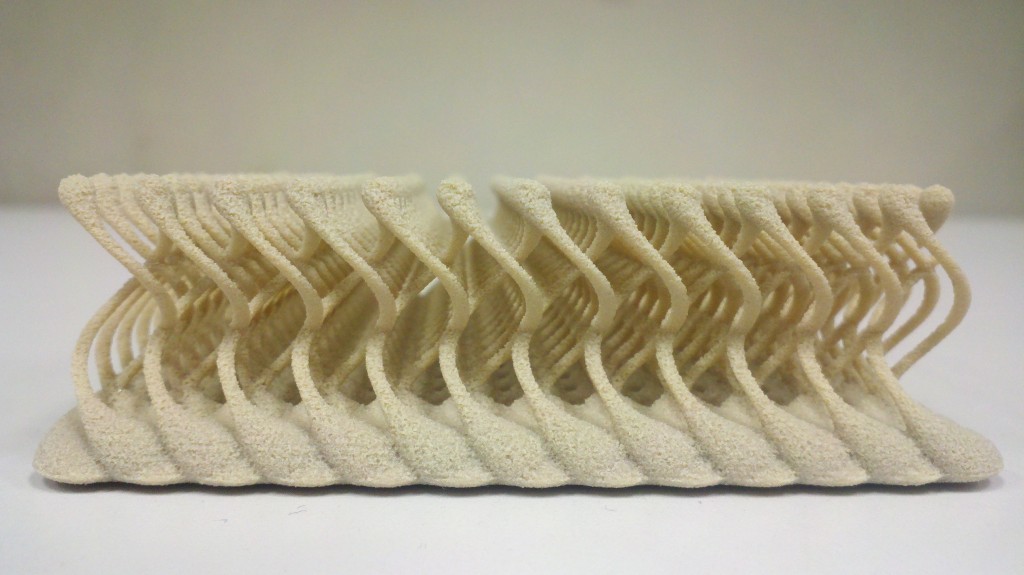Oxford Performance Materials Inc. (OPM) has launched the first two grades of its OXFAB® 3D printing technology for aerospace and industrial applications – OXFAB-N and OXFAB-ESD.

OXFAB is the company’s proprietary technology platform and formulation of poly-ether-ketone-ketone (PEKK) that focuses on high-performance solutions.
According to the press release, PEKK is a high performance polymer that could provide exceptional strength, chemical resistance, low and high temperature performance, radiation resistance, superior wear properties and ultra-low outgassing for aerospace and industrial applications.
OPM is a renowned leader in 3D printing and high performance additive manufacturing (HPAM) that has developed a range of advanced materials technology focused on PEKK and the first company to successfully apply additive manufacturing solutions using the polymer by utilising its proprietary OXPEKK® formulation.
“We believe that OXFAB will fundamentally improve the way the world’s aircraft and industrial components are manufactured. OPM’s OXFAB products are ideally suited for end market applications where functional complexity and weight reduction can have a substantial and positive impact on performance, while also yielding cost and energy savings – creating sustained value for our customers,” said Paul Martin, President of OPM Aerospace & Industrial.
“While additive manufacturing with commodity polymers has been taking place for some time now, this is the first time PEKK is being used for 3D printing in aerospace and industrial applications. Supported by extensive mechanical test data, PEKK is the highest performance thermoplastic available for 3D printing fully functional, end-use parts and components. We are fulfilling critical development contracts for 3D printed parts in a range of applications in commercial and military aircraft, space and industrial products to deliver significant weight and cost savings – a central focus and benefit for our aerospace and industrial customers.”
Thanks to the high-performance capabilities of these grades, complex parts can be produced by using additive manufacturing techniques to capture the exact geometries that are required using low-cost and light-weight materials.
“OXFAB’s strength to weight ratio is superior to that of cast aluminium, magnesium and nylon. Due to its inert behaviour, OXFAB is highly chemical and heat resistant with the ability to tailor electric properties, which is critical for high-performance aerospace and industrial parts,” said Larry Varholak, Vice President of Programs, OPM Aerospace & Industrial.




















